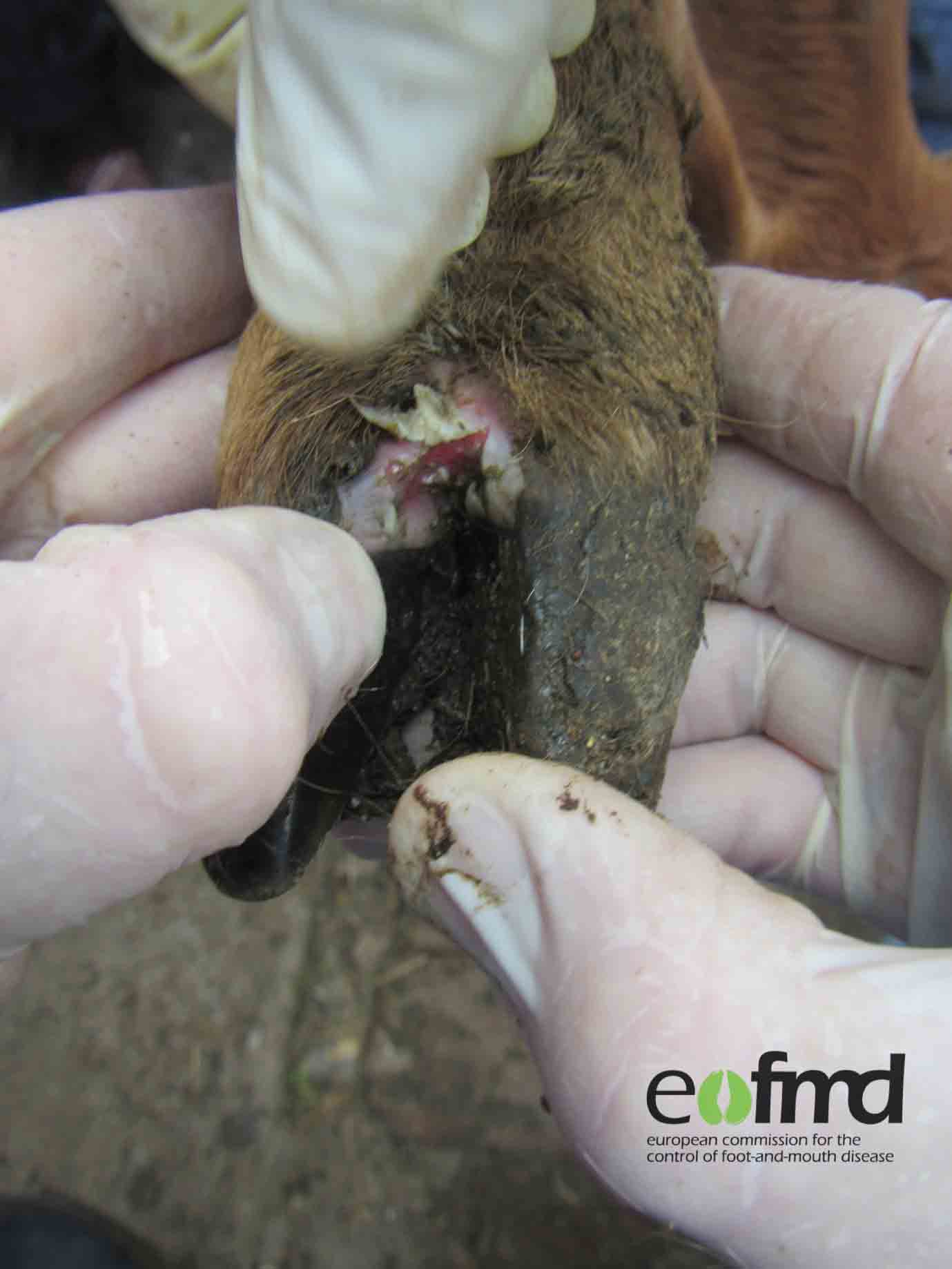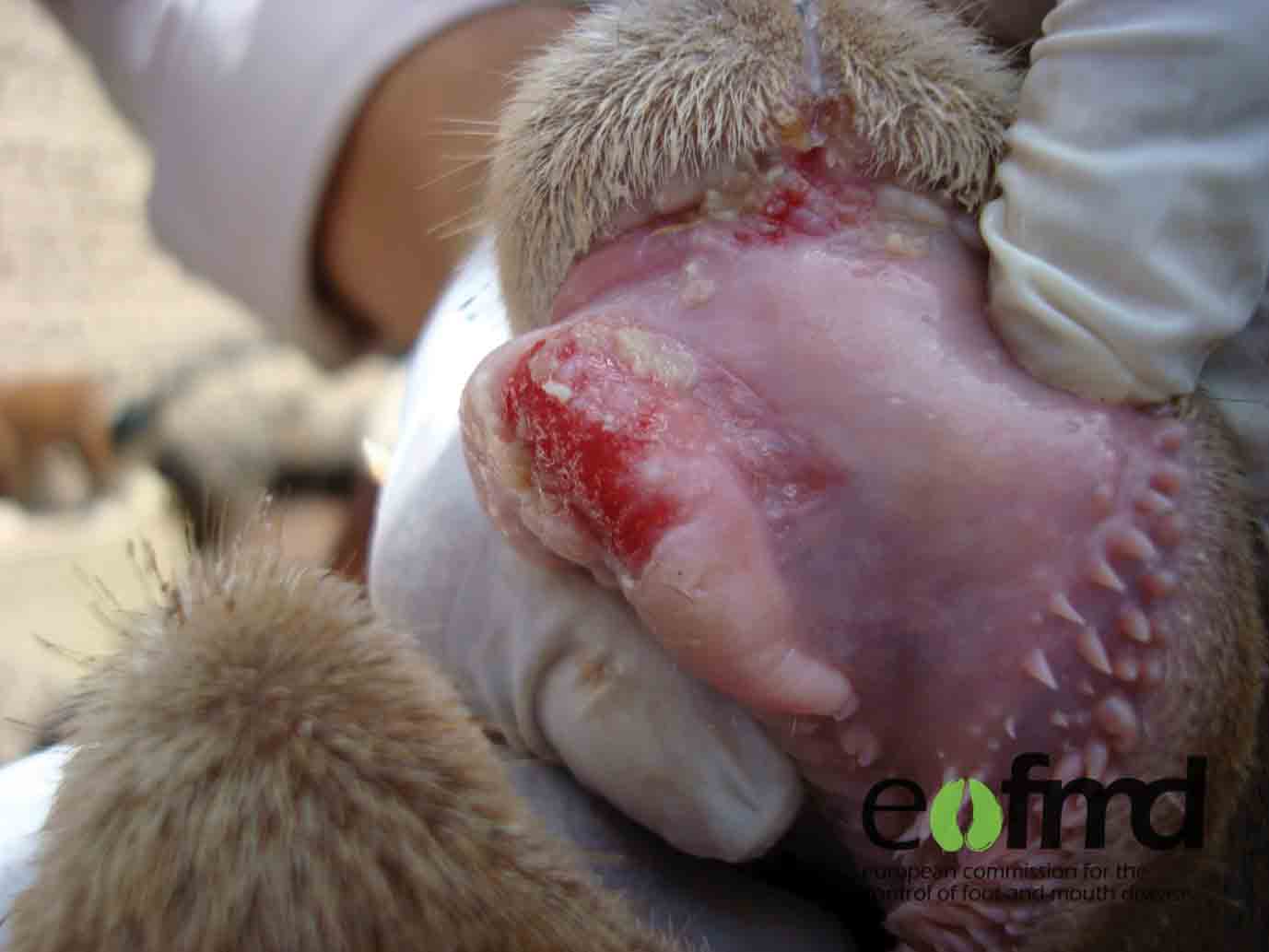Studying foot-and-mouth disease in Nepal
Foot-and-mouth disease (FMD) has been identified as the most significant biosecurity threat to the Australian livestock industry. It is a highly contagious viral disease, mainly affecting sheep, goats, cattle and pigs.
It can spread rapidly via the movement of livestock, livestock products, people and transport.
The Matthews Review, a study conducted in 2011, assessed Australia's biosecurity and preparedness for an outbreak of FMD. Early detection of an FMD outbreak was highlighted as an area that was critical for Australia to focus on. As a result, the Australian Government has funded the delivery of practical 'real-time' training to Australian stock handlers by the European Commission for the Control of Foot-and-Mouth Disease (EuFMD), a commission of the Food and Agricultural Organization of the United Nations. Training those involved in the Australian livestock industry to recognise FMD and to teach others in the industry about the disease will help Australia detect an FMD outbreak earlier.
I was fortunate enough to be involved in one such study trip to Nepal, where FMD is endemic. We examined animals suffering from FMD, took samples to confirm the disease, and assessed the spread of the disease and its impact on the Nepalese livestock industry. We also focused on how an FMD outbreak would affect Australia and the actions we can take to minimise its impact on our industry. Other Australians involved in the training included farmers, livestock contractors, industry representatives, government representatives and private veterinarians. Nepalese veterinarians also participated in the course.
Strict biosecurity conditions were placed on all who participated in the course, including leaving all clothes worn on farms behind in Nepal. On completion of the course, participants were quarantined from contact with susceptible species for a week to ensure that FMD was not introduced into Australia on our return.
The farms we visited in Nepal typically had one or two cows and up to nine sheep or goats. The economic loss due to FMD on these farms was significant. Reduced milk production, abortion and chronic lameness, plus the cost of treatment following FMD, had a large impact on the farmers' incomes for the year. The cost of stock replacement was often beyond what a farmer could afford. Restriction of livestock trade also has a significant impact on the Nepalese economy.
The visit to Nepal highlighted that, although FMD is usually obvious when it affects cattle, buffalo and pigs, it can be very difficult to diagnose and is easily missed in goats and sheep. During the course, we examined some small ruminants that looked clinically healthy but were found to be infected when laboratory testing was performed. Others that tested positive had definite clinical signs of high temperature, limping, decreased appetite, and lesions on their feet and mouths.
Sheep and goats that are infected but not unwell can easily spread the disease without our knowledge. This proved to be a critical factor in the 2001 FMD outbreak in the United Kingdom (UK). FMD was present for up to 3 weeks in UK livestock before being detected. Although the UK outbreak started in pigs as a result of swill feeding, the main species responsible for its spread, and therefore the size of the outbreak, was sheep. An inquiry by the UK Department for Environment, Food and Rural Affairs found that the movement of infected sheep through the market before the first case was diagnosed led to the introduction of FMD virus into major sheep-keeping areas. Subsequent local spread from this initial movement undoubtedly caused the majority of cases in the outbreak. The UK outbreak resulted in the culling of more than six million livestock.
The movement of sheep into and out of Victorian saleyards poses a huge risk when considering emergency diseases. In any given week, sheep are transported from throughout Victoria and interstate to central saleyards, where they have contact with thousands of other sheep before being disseminated back across the state and further interstate. This provides ideal conditions for the spread of disease.
The Matthews Review indicated that improvement in sheep traceability was needed to strengthen Australia's approach to managing the threat of FMD. This has prompted the introduction of electronic identification (EID) of sheep in Victoria. The EID system will give our industry the ability to trace the outbreak of a disease and start containment much more efficiently than is currently possible. This would prove to be invaluable if an outbreak of FMD did occur in Australia.
Clinical signs of FMD in sheep

Clinical signs of FMD in sheep may be subtle, and in some cases difficult to detect. Signs include lameness, fever and depression. However, these signs can be mild, and only a small percentage of a flock may be affected. Lesions may occur in the mouth (gums, roof of mouth or tongue) or on the feet (skin between the hooves, or just above the hoof). The skin above the hoof may just be whiter than normal, or have small vesicles (blisters). The hair of the hoof needs to pulled up and out of the way for this change to be seen.
Ewes may abort, and lambs may die as a result of damage to their heart muscle.
Because the signs of FMD in sheep are not always obvious, it is important that, when sheep are lame, livestock handlers look in their mouths for signs of lesions. Also, if sheep are having trouble eating and lesions in their mouths are noted, the feet of the sheep should be examined carefully.If any concerns are raised that FMD is a possibility, livestock owners should contact their District Veterinary Officer or private veterinarian, or immediately call the 24-hour Emergency Animal Disease Hotline on 1800 675 888. Notifying a veterinarian will allow FMD to be quickly ruled out following testing. If it is diagnosed, early detection will significantly reduce the impact the disease has on our industry and the nation.
